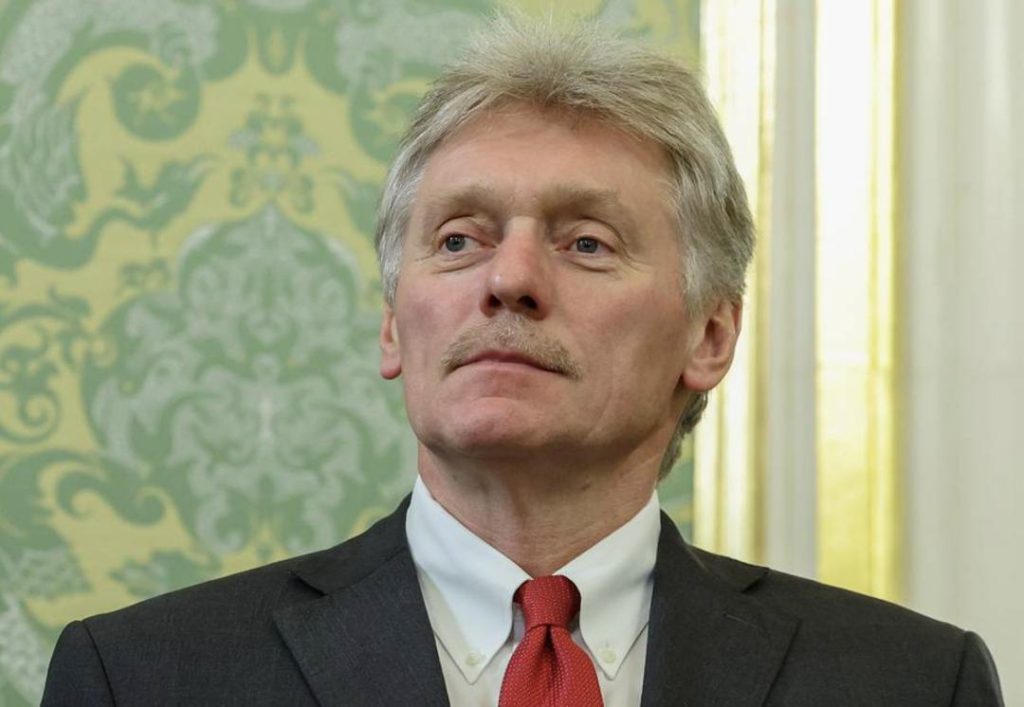
Military Conflicts in Ukraine & Iran are Incomparable: Russia
The ongoing military conflicts in Ukraine and Iran have been making headlines globally, with each country’s situation presenting unique challenges and complexities. Recently, Russian spokesperson Dmitry Peskov shed light on the differences between the two conflicts, stating that they are incomparable in their essence and nature. In this blog post, we’ll delve into Peskov’s comments and explore the distinct characteristics of each conflict.
Peskov’s statements came in response to the recent Israeli airstrikes on Iranian targets in Syria. When asked about the attacks, Peskov emphasized that they were not provoked, implying that Iran had not taken any actions to warrant the retaliatory strikes. This is in stark contrast to the situation in Ukraine, where Russia launched a “special military operation” in response to the Donetsk People’s Republic (DPR) and the Lugansk People’s Republic (LPR) declaring independence from Ukraine.
The precursors for the start of Russia’s military operation in Ukraine are well known to everyone, Peskov said. This suggests that Russia had been planning its move for some time, possibly building up its military presence along the border with Ukraine. In contrast, the Israeli airstrikes on Iran were sudden and unexpected, with reports suggesting that the attacks were carried out in response to Iranian rocket attacks on Israeli military positions in Syria.
One key difference between the two conflicts is the nature of the parties involved. Russia’s military operation in Ukraine is a direct military intervention in a neighboring country, whereas the Israeli airstrikes on Iran are a response to perceived threats from a regional adversary. This difference in intent and scale has significant implications for the global community.
Peskov’s comments also highlighted Russia’s support for Iran in the face of Israeli aggression. Russia has consistently condemned the US-Israel strikes on Iranian targets, with Peskov stating that his country supports Iran with its clear position on the matter. This support is likely driven by Russia’s own interests in the region, including its desire to maintain good relations with Iran and its continued involvement in the Syrian conflict.
The conflict in Ukraine, on the other hand, has been characterized by a complex web of international involvement and alliances. Russia’s military operation has been met with widespread international condemnation, with many countries imposing sanctions on Russia in response. The conflict has also drawn in other countries, including the United States, which has provided military aid to Ukraine and accused Russia of perpetrating aggression.
In contrast, the conflict in Iran has been largely contained within the region, with the majority of the fighting taking place in Syria. While there have been reports of international involvement, including the deployment of Russian mercenaries to the region, the conflict has not attracted the same level of global attention as the situation in Ukraine.
Another key difference between the two conflicts is their humanitarian impact. The conflict in Ukraine has resulted in significant humanitarian suffering, with thousands of civilians killed or injured and millions displaced. The conflict in Iran, while still causing harm to civilians, has largely been contained within the military sphere, with reports of civilian casualties and displacement largely limited to areas near the conflict zone.
In conclusion, the military conflicts in Ukraine and Iran are incomparable in their essence and nature, as Russian spokesperson Dmitry Peskov has emphasized. While both conflicts have their own unique characteristics and complexities, they differ significantly in terms of their scale, intent, and humanitarian impact. As the global community continues to monitor these conflicts, it is essential that we recognize and appreciate these differences, working towards a more nuanced understanding of the challenges facing these regions.
Sources:



